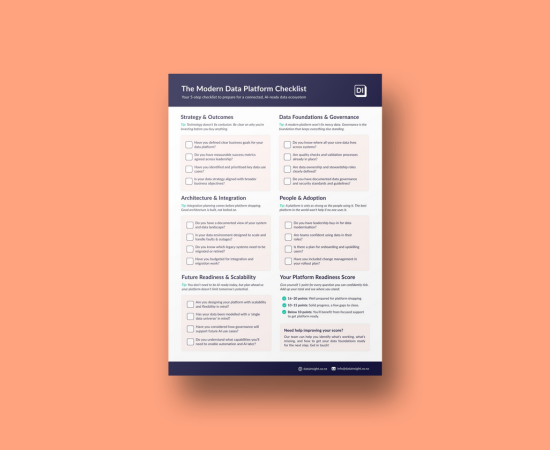Remediation has become non-negotiable across NZ's financial and insurance industries — and with good reason.
Regulatory requirements are continuing to evolve, ensuring that institutions adhere to the highest standards of duty and care for their customers.
But what does the ideal remediation approach look like?
Understanding Remediation
What exactly is Remediation? In the finance sector, remediation is all about identifying and fixing issues within institutions to ensure they align with legal, ethical, and operational standards.
This could mean correcting errors in customer accounts, addressing compliance failures, or improving flawed operational processes. Remediation is vital for maintaining trust, ensuring customer satisfaction, and avoiding hefty fines from regulatory bodies.
You will come across several types of remediation, including regulatory (aligning practices with legal requirements), operational (enhancing processes and systems), and technological (updating and securing tech frameworks).
Is Remediating known issues enough?
Remediating known issues is a lot like having an ambulance waiting at the bottom of the hill – it's crucial for immediate care but wouldn't it be better to prevent the fall in the first place?
The Financial Markets Authority (FMA) now emphasize real results over ‘check box compliance’, pushing institutions to ensure their practices genuinely benefit customers. Essentially, not knowing about a problem doesn’t remove one’s responsibility to address it.
Good remediation is about shifting from a reactive stance, waiting for problems to occur, to a proactive one, where potential issues are addressed before they escalate.
Our framework for effective compliance and remediation:
Effective compliance and remediation across the insurance and finance sectors is anchored on three fundamental pillars, each addressing a different aspect of the remediation spectrum.
The three pillars of a principles-based remediation approach:
- Reactive Remediation: This is the immediate response when an issue has been identified, focusing on rectifying the problem and mitigating its effects to restore compliance and customer trust.
- Proactive Early Detection: Leveraging advanced technologies like AI helps institutions identify and address issues before they escalate. This approach involves predictive modeling and reporting to anticipate and solve problems proactively.
- Preventative Product Suitability: Ensuring that customers are matched with the most suitable products significantly reduces the risk of future remediation. This preventive measure is key to minimizing the incidence of product-related issues.
By integrating these pillars with a culture of collaboration, clear communication, and continuous improvement, financial institutions are equipped with a robust framework that not only addresses current issues but also bolsters defenses against future challenges, ensuring sustained compliance and customer trust.
Data’s role in the Remediation Process
Data analysis in remediation is a lot like detective work. It involves piecing together what went wrong, who was affected, and to what extent. By constructing the 'ideal' scenario and comparing it with what happened, institutions can quantify the impact and ensure accurate compensation. This data-driven approach ensures transparency and fairness in the remediation process, improving customer trust.
These are some common steps data teams take when looking into remediation issues:
- Investigation: Initial analysis of select cases to determine the need for broader remediation.
- Population Identification: Defining the scope by identifying all potentially impacted accounts.
- Building the Ideal Scenario: Establishing benchmarks by defining what should have occurred in each case.
- Comparison: Analyzing discrepancies between the ideal and actual scenarios to identify errors.
- Impact Assessment: Quantifying the financial impact on customers to facilitate appropriate compensation.
- Use of Money Considerations: Calculating compensation for lost financial opportunities due to errors.
- Communication Strategy: Developing tailored communication plans based on the remediation details and customer relationships.
- Recommendations for Improvements: Proposing changes to systems or processes to prevent future issues.
- Monitoring and Reporting: Ensuring continuous oversight and leveraging automation to detect recurring issues.
Role of Technology, Data, AI, and Outsourcing
Leveraging technology, especially AI, can transform the remediation process. For instance, AI can predict potential non-compliance issues or identify patterns indicating systemic failures, enabling institutions to be proactive rather than reactive. Outsourcing, on the other hand, allows institutions to benefit from specialised expertise in complex remediation scenarios, ensuring a thorough and efficient resolution process.
As financial institutions navigate an ever-changing landscape, effective remediation is not just a regulatory requirement, but a key pillar of operational resilience and customer trust.
Having a combination of preventative, proactive, and reactive remediation approaches is necessary to truly be fulfilling FMA obligations, as it embodies the requirement for companies to be actively seeking the best customer outcomes.









.png)